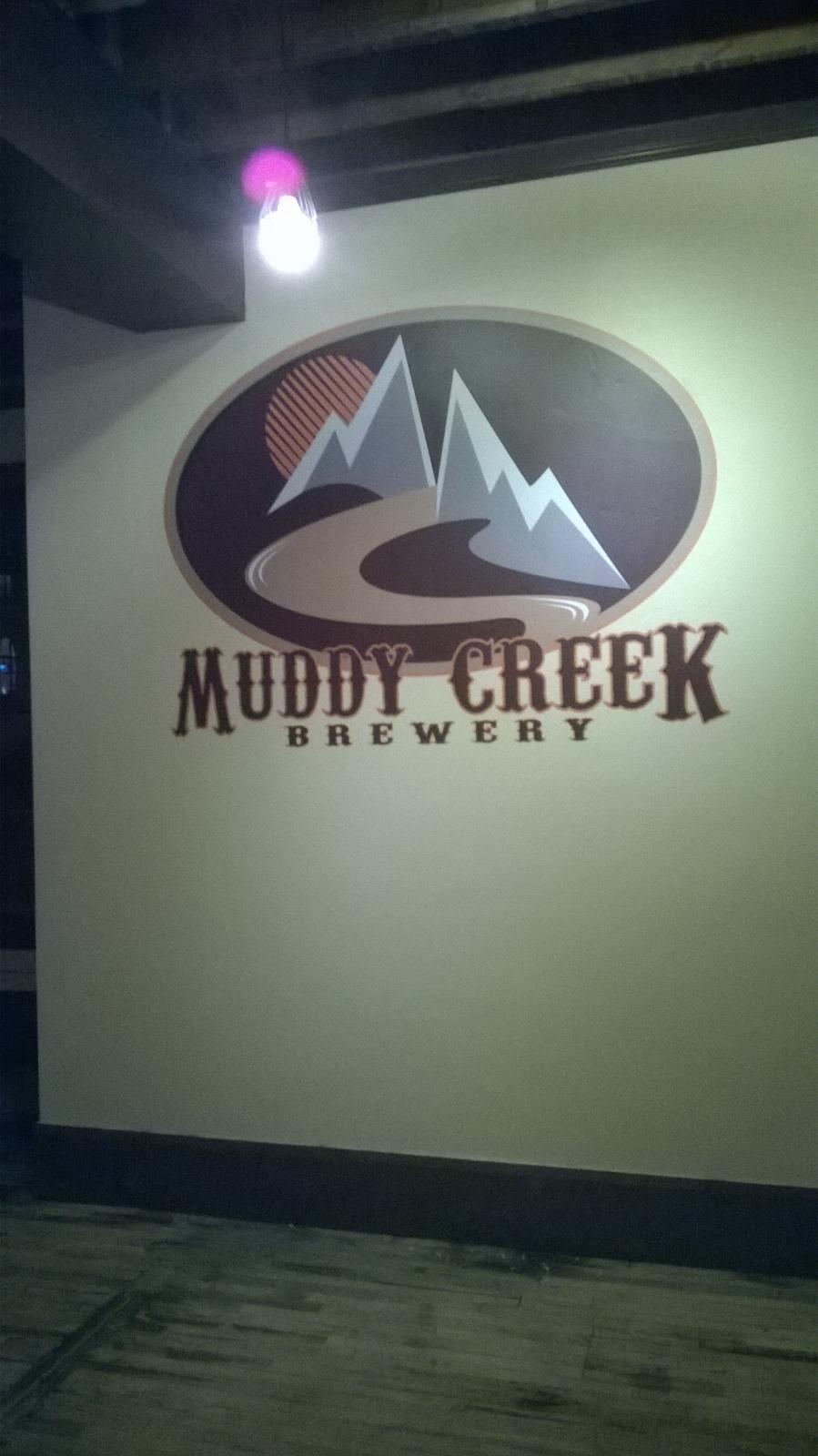We thought about that gl_az.
It does come down to pressure, on both sides. The tankless will shut down if the "out flow" is to great and there isn't enough water pooling over the elements to keep them essentially submerged. However, the digital readout on the tankless lets you know when the outgoing water is hitting the right temperature and you adjust the outflow so you know you're going at the right rate.
In our case, we aren't getting enough water pressure into the "in-flow" to even get started. Essentially the tankless is sensitive enough to know that we won't be able to maintain enough water on the elements when we open up the out-flow valve at all because we aren't getting enough water pressure on the in flow valve.
So, we need to increase pressure on the inflow.
I have a bigger issue however. Since we don't have a automatic valve opener on the tankless yet (like you can get on your automatic sprinkler lines,) we have no way of opening the out-flow valve at a given time.
This means we can't just "turn on" the thing at say 2:00 a.m. or 3:00 a.m. and let it go. We have to manually turn it on and open the valve ourselves.
Now the pump running water through the HLT to the MLT can fire up automatically at any time we want it to. That works fine. But the other side... that has to be done manually.
Which means I either have to go and turn the thing on at some point in the middle of the night or I have to turn it on a bit earlier and just let it run through the night.
sigh... This is what happens when your electrician and you don't quite communicate clearly enough in the early goings. You find yourself dickering with the devil.
Nonetheless, I put 3 barrels of Skinny Cow into kegs on Monday. I'm going to put another 5.5 barrels of Amber into kegs probably on Thursday.
Somehow, despite all the hobgoblins, we're forging ahead. (Actually, the somehow can be translated into lots of extra hard work. We work harder, not smarter at Muddy Creek. Over time we hope to transform that model.

)
I edited to add some photos from our last brew day...
We have some mashing in... the mash tun from our full batch of Dirty Blonde we brewed last week, and our grain storage bins which we just inventoried. (We currently have 3 tons of grain stored which should be enough to get us through about 5 full batches with a bit of "over-flow" for general over-stocking.)
Enjoy.
Oops... These are apparently duplicate photos. Sorry about that. I'll get something new out. Now I feel badly.











































![Craft A Brew - Safale BE-256 Yeast - Fermentis - Belgian Ale Dry Yeast - For Belgian & Strong Ales - Ingredients for Home Brewing - Beer Making Supplies - [3 Pack]](https://m.media-amazon.com/images/I/51bcKEwQmWL._SL500_.jpg)





























